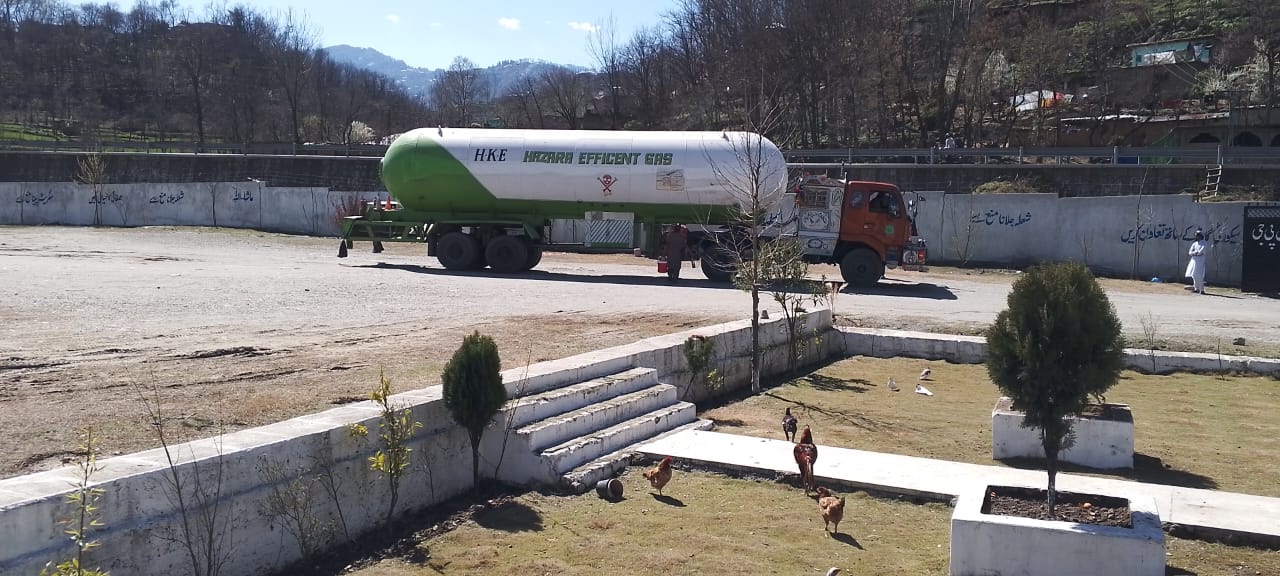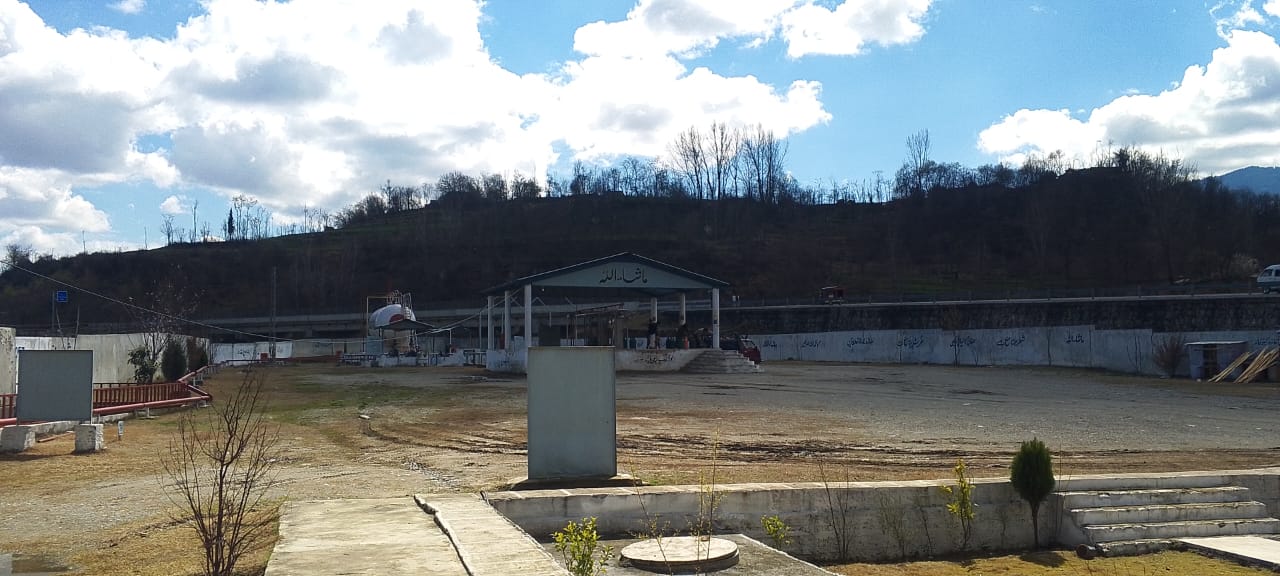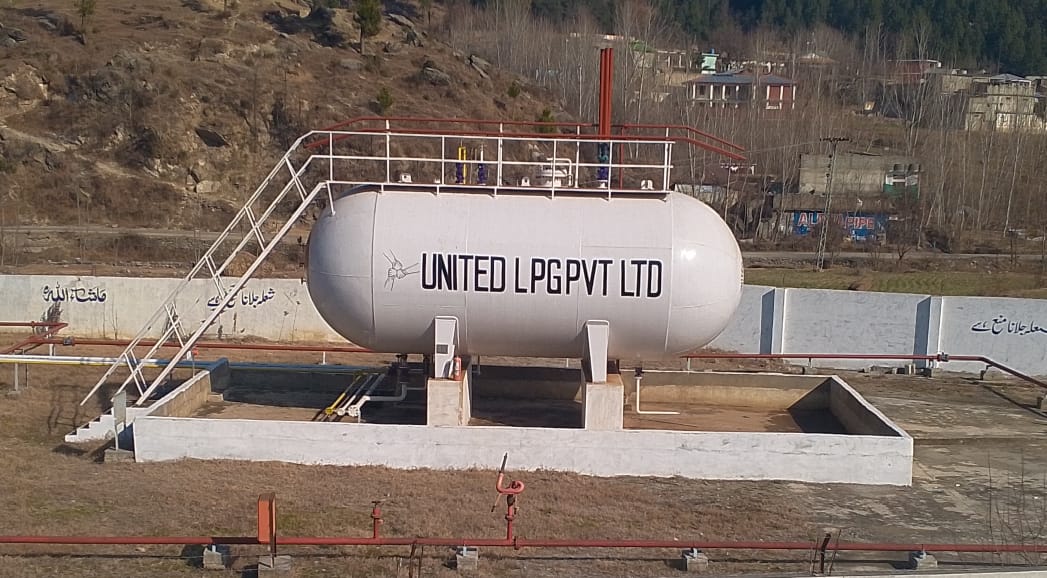What is LPG?
Liquefied Petroleum Gas (LPG) is a by-product of natural gas extraction and crude oil refining, primarily composed of propane and butane. At room temperature, it's a colorless, odorless gas that liquefies under pressure, reducing its volume by 250x for easy storage and transport.
Key Properties
- • Energy density: 20.7 MJ/kg
- • Heavier than air
- • Ignition temperature: 380°C+
Safety Features
- • Odorant added for leak detection
- • 80% liquid fill in cylinders
- • Requires 2-10% concentration to ignite


